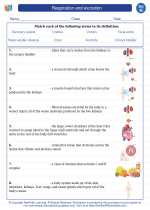Ribosomes
Ribosomes are cellular organelles responsible for protein synthesis. They can be found in both prokaryotic and eukaryotic cells, and are made up of two subunits that come together to translate genetic information from the nucleus into functional proteins.
Structure of Ribosomes
Ribosomes are composed of two subunits, the large subunit and the small subunit. These subunits are made up of ribosomal RNA (rRNA) and proteins. The small subunit is responsible for binding to the mRNA, while the large subunit catalyzes the formation of peptide bonds between amino acids to form a polypeptide chain.
Function of Ribosomes
Ribosomes play a crucial role in protein synthesis. They interpret the genetic information encoded in the mRNA and facilitate the assembly of amino acids into a specific order to form a protein. This process occurs in two main stages: translation initiation, elongation, and termination.
Translation Initiation
During translation initiation, the small ribosomal subunit binds to the mRNA, and the initiator tRNA carrying the amino acid methionine binds to the start codon of the mRNA. The large ribosomal subunit then joins the complex to form the functional ribosome, initiating the process of protein synthesis.
Translation Elongation
Once the ribosome is assembled, it moves along the mRNA, "reading" the codons and matching them with the appropriate tRNA carrying the corresponding amino acids. Peptide bonds are formed between the amino acids, and the ribosome moves to the next codon, elongating the growing polypeptide chain.
Translation Termination
As the ribosome reaches a stop codon on the mRNA, protein synthesis is terminated. The newly formed polypeptide is released from the ribosome, and the ribosomal subunits dissociate from the mRNA, ready to participate in another round of protein synthesis.
Study Guide for Ribosomes
- What is the structure of ribosomes?
- How do ribosomes function in protein synthesis?
- Describe the process of translation initiation.
- Explain the steps involved in translation elongation.
- What happens during translation termination?
Understanding the structure and function of ribosomes is crucial for comprehending the process of protein synthesis and the role of these organelles in the cell.
[Ribosomes] Related Worksheets and Study Guides:
.◂Science Worksheets and Study Guides Eighth Grade. Respiration and excretion

 Worksheet/Answer key
Worksheet/Answer key
 Worksheet/Answer key
Worksheet/Answer key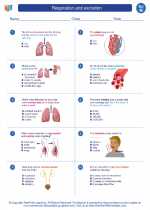
 Worksheet/Answer key
Worksheet/Answer key
 Vocabulary/Answer key
Vocabulary/Answer key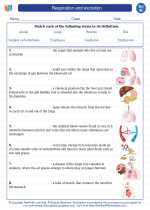
 Vocabulary/Answer key
Vocabulary/Answer key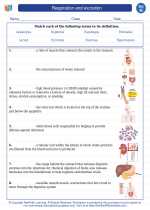
 Vocabulary/Answer key
Vocabulary/Answer key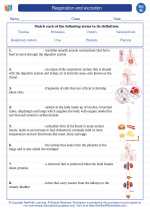
 Vocabulary/Answer key
Vocabulary/Answer key